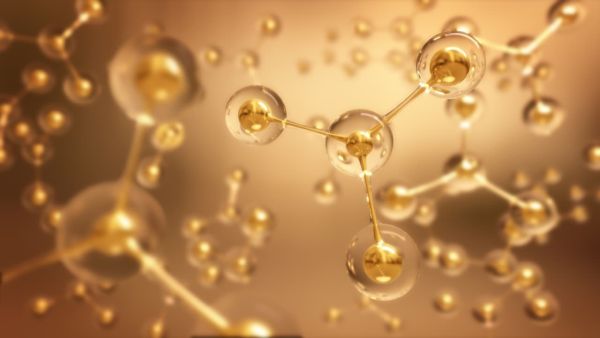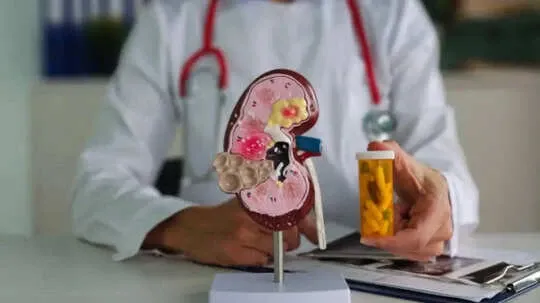

To simulate conditions deeper than Earth’s mantle, the scientists used a diamond anvil cell to squeeze the samples to unimaginable pressures. Then, they blasted them with X-rays, heating them to more than 3,500°F.
By analysing how the X-rays scattered, the team could watch — in a sense — atoms rearranging themselves. The expected diamond patterns were there, but so were signals that pointed to hydrogen interacting with the gold foil.
Under these extreme conditions, hydrogen entered a “superionic” state — still dense, but with atoms moving freely through the rigid gold structure, making the compound far more conductive than gold alone.
Hydrogen usually resists being “seen” in X-ray experiments, because it barely scatters X-rays. But here, the gold lattice acted like a witness. “We can use the gold lattice as a witness for what the hydrogen is doing,” Frost explained.
-
14 Foods That Increases And Reduces The Chances Of Prostate Cancer

-
Covid-19 no longer a barrier to organ donation, but here’s what has changed

-
Common Painkillers Are Damaging Your Kidneys; Here’s How You Can Protect Them

-
Cardiologist warns ‘do not eat more than twice a day, cook in non-stick pans’; shares 5 ways to preserve heart health

-
A Scan in Time; a test that can foresee a heart attack
